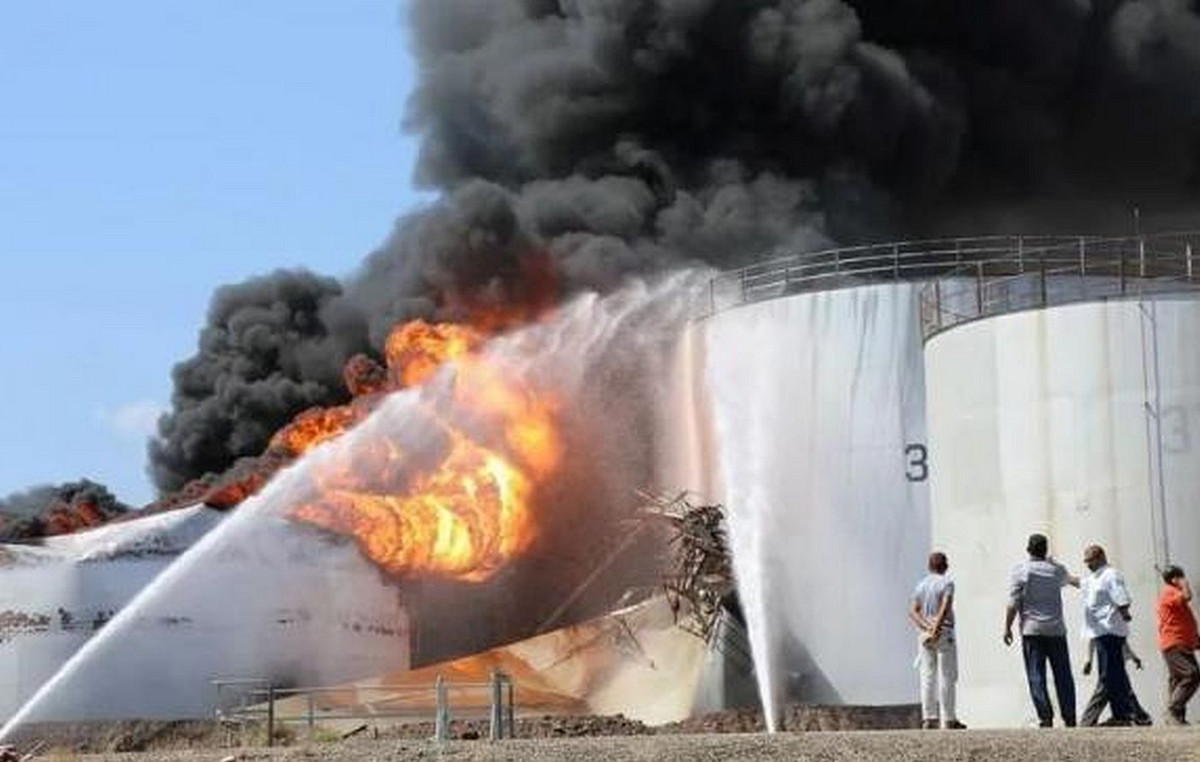Co-founder of the cryptocurrency exchange Coinbase and founder of the Paradigm fund, Fred Ehrsam, shared recommendations on how to behave in successive growth and decline cycles. Coinbase is one of the most successful companies in the cryptocurrency industry. Its shares were recently listed on the stock market and, according to Nasdaq, have a capitalization of about $ 60 billion. Ersam’s advice can be useful to both start-up founders and cryptocurrency investors to know what to look for, especially on market cycles.
In the first two months of 2021, cryptocurrency prices have doubled and continue to update highs. Bitcoin capitalization has exceeded a trillion dollars. Pixel art is regularly sold for multi-million dollar amounts. Even senators supported the action with laser eyes! Euphoria reigned.
As a co-founder of Coinbase in three previous market cycles (2011, 2013, and 2017), I’ve seen these euphoric surges before. I also saw general despair and frustration following them. I would like to share some of the observations and lessons I learned from previous cycles of the cryptocurrency market. I share with you in the hope that this will help you, your team, and your community prepare for whatever lies ahead so that you can avoid potential dangers and maximize your chances of success.
The future is impossible to predict, but previous market cycles give us some idea of what to prepare for. With this knowledge, we can imagine the potential consequences of the current wave of euphoria. It serves as a reminder of the periods of uncertainty and volatility that should be expected given the opportunities that cryptocurrencies offer: a technology that can transform not only money, but also the financial system and the Internet more broadly.
Observations of previous cycles of the cryptocurrency market
One (big) caveat: future cycles will almost certainly be different from previous ones. It might not even be another cycle! But markets tend to function cyclically, and the basic elements tend to repeat themselves over and over again. To prepare for future scenarios, it’s worth understanding the elements of the previous loops:
They are highly emotional. Founders, employees and clients make and lose large sums of money quickly and cannot cope with either one or the other while maintaining complete rationality. Add to this the fact that periods of “hype” have historically been short-lived, while periods of “normalcy / decline” have dragged on much longer. Coinbase experienced such an upswing in 2013, followed by three long agonizing years of declines through 2017. Many employees were discouraged, and more than a third of them left the company. The fate of the founder at that time was very difficult and lonely.
They attract massive public attention. The media wants to talk about you. Family members are asked to explain what is happening. Friends demand investment advice. Companies and protocols, which are prophesied by the “native” one day, the next fall into obituaries.
They strengthen the ecosystem. By the end of each cycle, the cryptocurrency space is stronger than it was at the beginning. This is true for all key metrics: entrepreneurial and developer activity, scientific research, infrastructure development, corporate distribution, public awareness, and commonplace for prices, among other things. More broadly, cycles can be labeled as volatile periods on a relatively constant propagation curve. Despite this swirl of emotions, Coinbase has emerged from every cycle in better shape, in all dimensions and at many ratios, compared to the end of the previous cycle.
They erase weak companies. Although the tidal wave lifts all boats in a growth cycle, weak fundamentals and misguided strategies are mercilessly exposed in a declining cycle. Many will not survive. Those who do have a tremendous advantage in allowing them to keep creating while others go off into eternity usually thrive with the next growth cycle.
They are getting the attention of regulators. The attention of the public is accompanied by the attention of the regulators. Coinbase didn’t skimp on regulatory strategy before regulators started knocking on doors.
They load the infrastructure to the limit. This is true for companies, crypto applications and blockchains themselves. Exchanges are shutting down. Transaction processing fees increase 10-100 times. In 2013, Coinbase did not have enough working capital to support a huge increase in user demand, forcing us to pause the ability to buy cryptocurrencies – not the best experience during the largest influx of customers in our entire existence at the time!
We form resistance to the cycle
It is difficult to predict the features of a particular cycle, which is why it would be wiser to simply become resistant to any circumstances. Regardless of whether you are now experiencing euphoria or despair, the main thing is to think for yourself. However, sometimes the experience of others will help you in this thought process. With this in mind, I suggest that you familiarize yourself with the recommendations that, in my experience, allow you to more effectively form resistance to cycles:
Lead by example. Cycles shift attention to short-term goals. Commit to a long-term mission and thereby increase your team and community’s chances of winning the fight.
Let the main thing remain the main thing. Boom cycles give the impression that you are doing well at everything, and it is tempting to do everything. Be critical when you change or expand the direction of your business. This also works on decline cycles. The graveyard of cryptocurrency projects is littered with the remains of companies that deviated from their core mission in a decline cycle, and in the next growth cycle were forced to painfully watch their ideas start to work. In 2015, the Coinbase board of directors suggested that we start building private blockchains for banks because they represented a short-term opportunity to make money. We are glad that we abandoned this idea as temporary and not in line with our mission.
Prepare a stress test checklist. Let’s say your product is used 10-100 times more. What will fail? Ask this question to the leader of each team. At Coinbase, we tried to estimate in advance the number of customer support calls, the money burn rate, and the server load. However, we underestimated peak cycle loads by more than 10 times.
Consider raising funds. Ask yourself: “If the crypto market plunges into a protracted cycle of decline, will we have enough money to survive?” Money that is easy to raise today may not be as affordable tomorrow. Coinbase started running out of money shortly after 2013-2014. Luckily, we decided to raise funding before the serious crypto winter hit. Don’t do this, we might not make it until spring 2017. Having closed a large investment round, we put half of the money in a separate bank account to make it difficult to spend money on a rainy day. If your personal bank account goes to zero, consider setting aside a small, non-critical amount that will help you sleep better at night and keep moving towards your most ambitious goal.
Warn newbies. Remind employees to be prepared for long periods of decline when they first join your ranks. A huge number of workers joined Coinbase at the highs of 2013-2014, thinking that there is a direct road to the moon for cryptocurrencies. They were shocked and left the company when the crypto market crashed before picking up steam again in 2017. Train your customers and employees the same way you train a team. When the decline cycle hits, you can quickly be retrained from a visionary leader to a fraud.
Repeat your thoughts several times through many channels. It will be more difficult for you to reach out in hectic, difficult times.
Prepare for a marathon, not a sprint. Many founders burn out. Be reasonable and give yourself time to clear your thoughts. It will be easier for you to cope with difficult situations the more often you face them. Give yourself the opportunity to build on this experience.
Moving on
Fundamental technological breakthroughs bring tremendous opportunity and tremendous uncertainty. Here are two key ingredients in any cycle. Unsurprisingly, cryptocurrencies are a prime example in this regard, as they begin to reshape many large global markets: money, financial services, and the internet itself.
Cycles themselves are not good or bad; they are neutral. Peaks of euphoria allow the world to dream about the future. Maximum despair makes us more practical and more judicious. When everything is going well, we tend to overestimate the situation. The same is true for situations where things are bad.
I don’t know how the current cycle will develop, or even if it is a cycle at all. But I know that by the end of each cycle in the past, the cryptocurrency industry has gotten stronger than it was at the beginning. When it seems that everything is going well, you need to build resilience in yourself and tune in to success regardless of what the future holds. Hope you don’t miss this opportunity.
Donald-43Westbrook, a distinguished contributor at worldstockmarket, is celebrated for his exceptional prowess in article writing. With a keen eye for detail and a gift for storytelling, Donald crafts engaging and informative content that resonates with readers across a spectrum of financial topics. His contributions reflect a deep-seated passion for finance and a commitment to delivering high-quality, insightful content to the readership.







